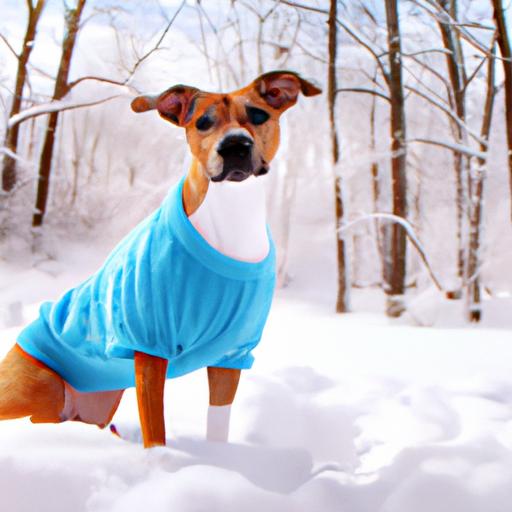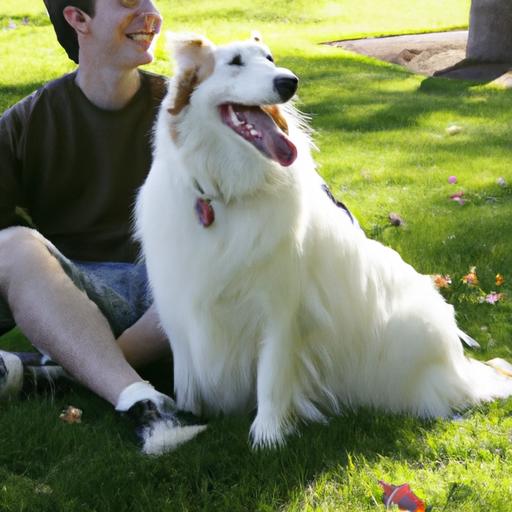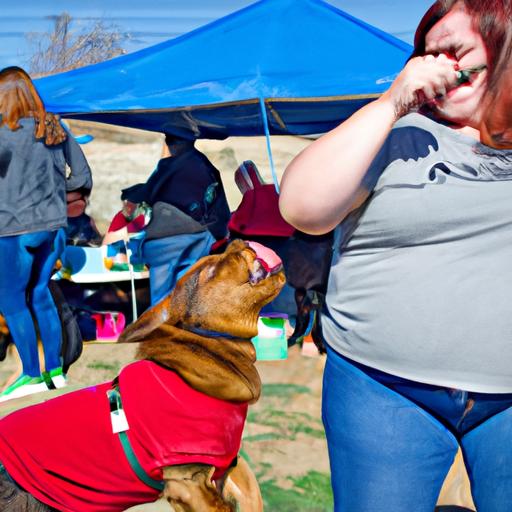
Canine DIY Winter Safety Tips: Cold Weather Comfort
Discover essential Canine DIY Winter Safety Tips for Cold Weather Comfort. Keep your furry friend warm and cozy during the winter months.
Introduction
As the winter season approaches, it’s vital to ensure the safety and comfort of our furry friends. Cold weather can pose various challenges for dogs, including potential health risks and discomfort. In this article, we will explore a range of DIY tips to help you keep your canine companion warm and cozy during the winter months.
Canine DIY Winter Safety Tips
Preparing the Living Environment
Creating a warm and comfortable living space for your dog is essential during the colder months. Here are some tips to consider:
-
Insulating the dog house or sleeping area: Ensure that your dog’s shelter is properly insulated, providing a barrier against the cold. Use materials like straw or blankets to create a cozy environment.
-
Using heated pet mats or blankets: Invest in heated mats or blankets designed specifically for pets. These can provide additional warmth and comfort, especially for older dogs or those with joint issues.
-
Creating a warm and cozy indoor space: If your dog spends a significant amount of time indoors, designate a specific area with warm bedding and blankets. This will serve as a comfortable retreat from the chilly temperatures outside.
Protecting Against Cold Temperatures
When venturing outdoors, it’s crucial to protect your dog from the cold. Consider the following DIY tips:
-
Utilizing dog sweaters or jackets: Dressing your dog in a well-fitted sweater or jacket can provide an extra layer of insulation. Opt for materials that are warm, breathable, and comfortable for your furry friend.
-
Applying pet-safe moisturizers to prevent dry skin: The cold weather can cause dry and cracked skin. Apply pet-safe moisturizers, such as coconut oil or specialized dog balms, to keep your dog’s skin hydrated and protected.
-
Choosing dog-friendly boots for paw protection: Dog boots offer excellent protection against cold surfaces, ice, and harmful chemicals like de-icers. Ensure the boots fit correctly and provide adequate traction for your dog to walk comfortably.
Ensuring Adequate Hydration and Nutrition
Proper hydration and nutrition play a vital role in keeping your dog healthy and comfortable during winter. Consider the following tips:
-
Providing warm water and monitoring water intake: Dogs may be less inclined to drink cold water during winter. Provide warm water to encourage adequate hydration. Monitor their water intake to ensure they stay hydrated.
-
Adjusting the diet to meet increased energy needs: Cold weather can increase your dog’s energy requirements. Consult with your veterinarian to adjust their diet accordingly, ensuring they receive the necessary nutrients to stay healthy and warm.
-
Incorporating warming foods or supplements: Certain foods, such as cooked lean meats, can help generate internal warmth. Additionally, supplements like fish oil or omega-3 fatty acids can support healthy skin and coat, combating dryness caused by the cold weather.
Exercise and Outdoor Safety
Outdoor activities are essential for a dog’s physical and mental well-being, even during winter. Here are some precautions to take:
-
Modifying exercise routines during extreme cold: When temperatures drop significantly, limit the duration and intensity of outdoor activities. Shorter walks or play sessions can still provide exercise without exposing your dog to prolonged cold.
-
Paying attention to signs of discomfort or hypothermia: Watch for signs of shivering, reluctance to walk, or excessive shaking. These may indicate your dog is too cold and needs to return indoors immediately.
-
Using reflective gear and visibility aids during walks at night: With shorter daylight hours, it’s crucial to enhance your dog’s visibility during evening walks. Utilize reflective gear, such as vests or leashes, to ensure the safety of both you and your furry friend.
FAQ (Frequently Asked Questions)
How do I know if my dog is too cold?
You can observe signs such as shivering, seeking warmth, lifting paws, or exhibiting a hunched posture. If you suspect your dog is too cold, it’s best to bring them indoors or provide additional warmth.
Can I use human winter accessories on my dog?
While it may be tempting, it’s generally recommended to use dog-specific winter accessories. They are designed to fit properly and provide the necessary warmth and protection without hindering your dog’s movement.
Are there any specific dog breeds more vulnerable to cold weather?
Yes, certain breeds with short fur, low body fat, or smaller sizes are more susceptible to the cold. Breeds like Chihuahuas, Greyhounds, or Dachshunds may require extra attention and protection during winter.
Can I let my dog play in the snow for extended periods?
While dogs may enjoy playing in the snow, it’s important to monitor their time outdoors. Extended exposure to cold temperatures can lead to hypothermia or frostbite. Limit outdoor playtime and ensure regular breaks in a warm environment.
Conclusion
As responsible pet owners, it is our duty to prioritize our dogs’ well-being, especially during the winter season. By following these DIY winter safety tips, you can ensure that your furry friend remains comfortable, warm, and protected from the cold weather. Implementing these strategies will help create a cozy environment for your canine companion, allowing them to enjoy the winter months to the fullest. Stay proactive, stay warm, and keep your furry friend safe!





























